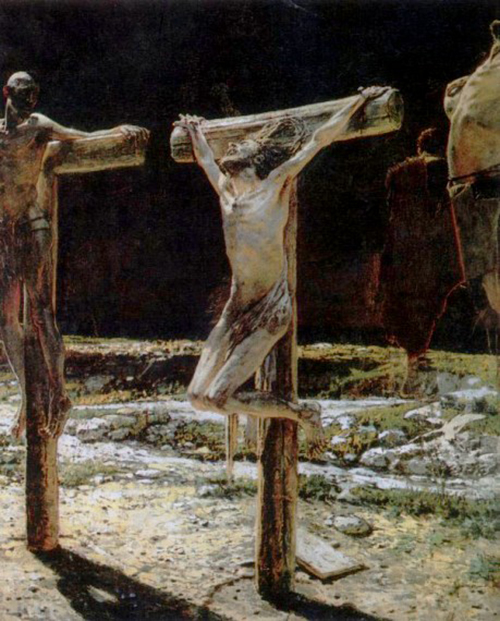
We need to risk God’s mercy more. The place of justice and truth should never be ignored, but we must risk letting the infinite, unbounded, unconditional, undeserved mercy of God flow free. The mercy of God is as accessible as the nearest water tap, and so we, like Isaiah, must proclaim a mercy that has no price tag: “Come, come without money and without virtue, come everyone, drink freely of God’s mercy!”
What holds us back? Why are we so hesitant in proclaiming God’s inexhaustible, prodigal, indiscriminate mercy?
Partly our motives are good, noble even. Concern for truth, justice, orthodoxy, morality, proper public form, proper sacramental preparation, fear of scandal, and concern for the ecclesial community that needs to absorb and carry the effect of sin, these are not unimportant things. Love needs always to be tempered by truth, even as truth must ever be moderated by love. However, sometimes our motives are less noble and the hesitancy arises out of timidity, fear, jealousy, and legalism – the self-righteousness of the Pharisees or the bitter jealousy of the older brother of the prodigal son. No cheap grace is to be dispensed on our watch! God’s mercy, as Jesus revealed it, embraces indiscriminately, the bad with the good, the undeserving with the deserving, the uninitiated with the initiated. One of the truly startling insights that Jesus gave us is that the mercy of God cannot not go out to everyone. It is always free, undeserved, unconditional, universal in embrace, reaching beyond all religion, custom, rubric, political correctness, mandatory program, ideology, and even beyond sin itself.
The illustration I have found helpful over the years when contemplating the mercy of God, is that of a waterfall – the water somehow keeps tumbling over! This image is of Niagara Falls. The Falls span the border between the province of Ontario in Canada and the state of New York in the United States. Go near them and you will get wet – get near to God and you will be shown mercy!



